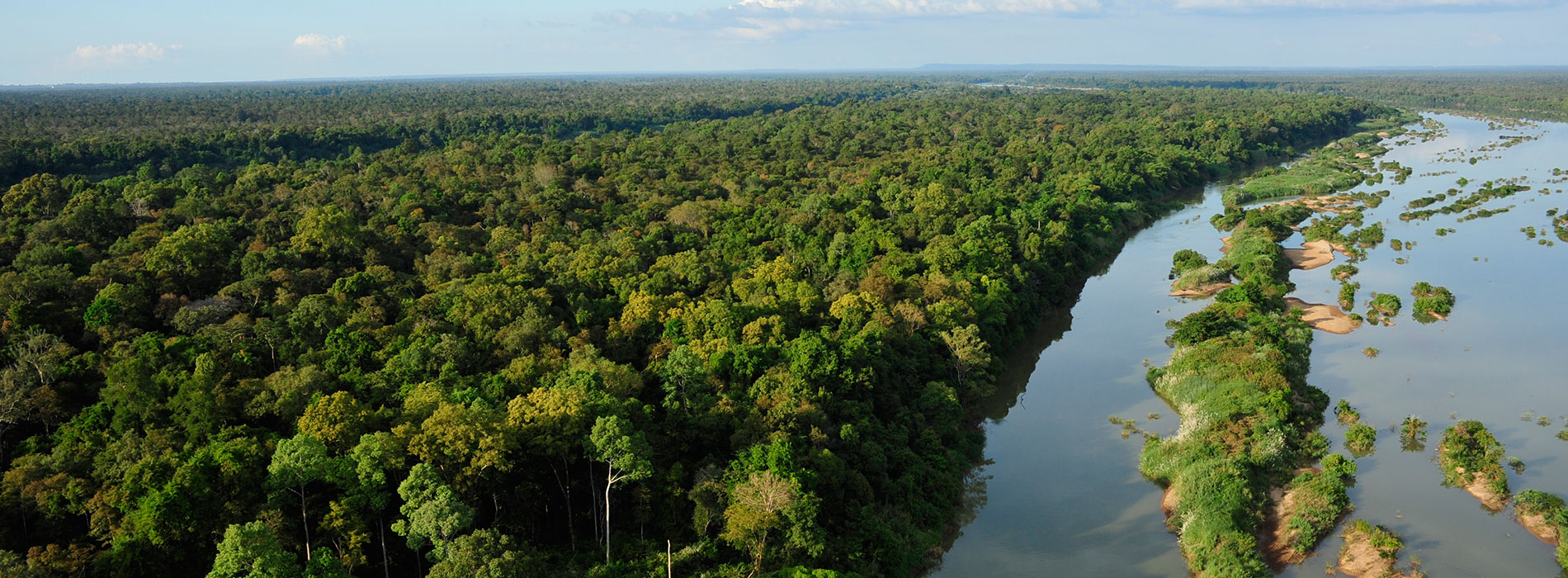REDUCE YOUR FOREST FOOTPRINT
Forests are all around us – not just in nature or outdoors – but in our everyday lives! The paper we use, the books we read, the packaging of our everyday products like toothpastes, creams and soaps, many foods we consume, furniture we sit on – all come from forests. Forests also give us pure air, clean water, protection from climate change, recreation, shelter to millions of land animals and so much more. Our choices as a consumer have a direct impact on the health of these life-giving forests! It is time we think about what we can do to protect them, and in turn, protect our own future. We must find ways of meeting our needs and demands responsibly, by making conscious choices as a consumer.
By learning about how our everyday choices are impacting global forests, we can find inspiration to change.
Disappearing forests and us: Every single minute, forest areas the size of 27 soccer fields are lost somewhere around the world. This amounts to losing 18.7 million acres of forests every year. And with it, we lose a home for thousands of endangered and rare wildlife, and millions of indigenous communities who depend on them for food, shelter, and livelihood. Deforestation has many causes – conversion for agriculture, infrastructure and development projects, unsustainable extraction of timber, clearing for oilseed production, and more. Among these, growing demand for forest products like paper, pulp and wood are also increasingly playing a role.
Halting deforestation will require a combination of interventions, including market based mechanisms. This is where we as consumers can play a role. We can become mindful of our consumption choices and transform the forest products market, by creating a demand for responsibly sourced forest products. This will ensure that the forests from where raw material is sourced for products is managed in adherence to the highest standards of sustainability.
Make responsible choices: The first step in this journey is to recognise forest products all around us. The most common products that comes to mind are paper and wood. But when you look more closely, paper board used in packaging material is all around. There is hardly a product in the market that isn’t packaged using paperboard. Through your choices, you have the power to transform the entire market.
• Think before you pick – It’s important that as consumers, we become aware about where our everyday products come from. What goes into making them, packaging them, and transporting them to the shelf from where we pick it up? Only then will we truly understand our footprint on the planet, and how we meet our needs more responsibly. We can collectively make “Conscious Consumerism” a new trend. Wherever possible, look out for environment friendly products. When you’re buying a diary, a book, or paper for your printer, make sure to check for the FSC label so you contribute to the sale of a responsibly sourced product, thereby encouraging good forest management.
• Give consumer feedback – For brands and businesses, the customer is always right. Your voice has weight and will be heard. Write to the brands of everyday products like toothpaste, soap, creams, etc and urge them to use FSC certified packaging material. Let them know that the Indian consumer is becoming aware and conscious of their footprint, and there is a market for eco-friendly products.
